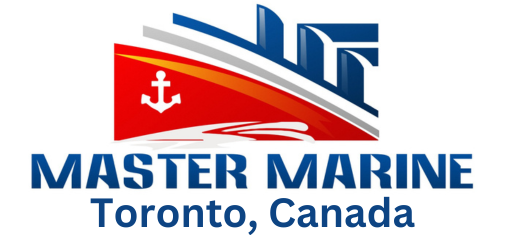A marine boat survey can be helpful for several reasons:
• Determining the actual value of your vessel
• Maintaining the vessel’s mechanical and structural integrity
• Determining any repairs needed
• Insurance purposes
Different types of Surveys
A boat survey can fall into different categories, including:
• Damage survey – Assess the extent of damage to a vessel
• Pre purchase survey (Condition & Value Survey) – Usually a comprehensive assessment of the functional, electrical, safety and mechanical systems on board a vessel. This type of survey is usually conducted for pre-purchase / used boats.
• Insurance survey – Usually conducted to assist underwriters in determining the value of insuring or renewing policy
• Appraisal – Determines market value of a vessel, usually for financing or settlement purposes
Getting Your Boat Ready for The Survey
For the surveyor to access and check the undercarriage, dry docking and power washing of the boat would be recommended. Further, clearing any/all compartments is advisable, as is tidying up the deck for the surveyor to walk on. The machinery and bilge pump should also be cleaned so the surveyor can conduct a detailed examination of the mechanical parts. Lastly, don’t forget to bring all keys with you!
If you leave the boat in a messy state, for obvious reasons, it takes that much longer for the surveyor to get through everything – not to mention the safety aspect involved.
The Survey
Now your surveyor is at the dock. When he/she arrives, they will walk around to assess the overall condition of the boat. The inspector will closely scrutinize the following and ensure that they are in compliance with current boating standards.
• Hull / structure
• Machinery
• Electronic equipment / steering equipment
• Safety equipment
• Navigational equipment
• Overall condition of vessel
The length of a survey will generally vary based on the size of the boat. A general time frame can be from half a day to an entire day.
A pre-purchase survey usually concludes with a sea-trial, where the boat is taken on the water to replicate its daily activities and to assess how she performs during these every day conditions. The surveyor will take the opportunity to check the overall handling of the boat, check the hatches, advance the throttle and see how the boat holds up, while being mindful of how the engine responds. The entire process usually takes about an hour.
A marine survey is a great opportunity to ask the surveyor any questions you might have about the vessel in general. He/she will also be more than happy to point out things during the course of the survey. In fact, your surveyor prefers if you are on board asking all the relevant information a boat owner might have, especially if you are not familiar with any of the equipment on board.
The Report
After the conclusion of the survey, a comprehensive report is issued by the surveyor. Here are a few things to keep in mind:
• A report is valid for a certain period of time, before a new one will be required
• A report will provide a list of findings and recommendations for you to consider. Certain recommendations will require immediate attention, while others can be pursued at your leisure, as they do not affect the overall functional integrity of the vessel. Your surveyor will guide you through the ones that require prompt attention and should be addressed before the boat is next handled
• The surveyor is on your side, and will answer any and all questions you might have
• For the purposes of insurance, a report will be furnished for your viewing and a copy will be provided to the insurance company

